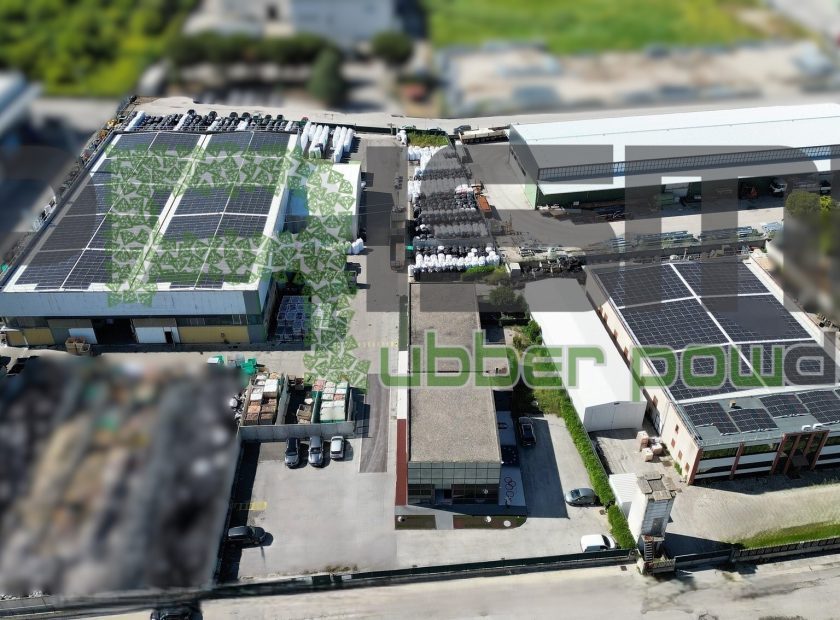Green to Green by Prismi: When CAM and DNSH Requirements Merge in Rubber Recycling
Green to Green by Prismi: When CAM and DNSH Requirements Merge in Rubber Recycling

In the realm of circular economy, rubber recovery presents both a challenge and an opportunity to reduce environmental impact and promote sustainability. Prismi, a pioneering company in the sector, has recently taken a significant step towards ecological transition by installing a 500 kWp photovoltaic plant for self-consumption in its production lines. This project perfectly embodies the principles of **Minimum Environmental Criteria (CAM)** and **Do No Significant Harm (DNSH)**, proving how innovation and environmental responsibility can harmoniously coexist.
Prismi’s Role in Rubber Recycling
Prismi operates through its websites to offer advanced rubber recycling solutions. The company stands out for its ability to transform vulcanized industrial waste into secondary raw materials, contributing to waste reduction and the creation of eco-friendly new materials.
Circular Economy and Sustainability
Prismi’s approach is based on a circular economy model, where production residues are recovered and transformed into reusable rubber granules and powders. This process not only reduces reliance on virgin raw materials but also leads to significant energy savings and lower CO₂ emissions.
The Importance of CAM and DNSH Requirements
Minimum Environmental Criteria (CAM)
CAM represents a set of environmental requirements that companies must meet to ensure the sustainability of their production processes. In Prismi’s case, the adoption of advanced rubber recycling technologies and the use of renewable energy perfectly align with these criteria, fostering a positive environmental impact.
Do No Significant Harm (DNSH)
The DNSH principle requires that economic activities do not cause significant harm to environmental goals. The integration of a 500 kWp photovoltaic plant into Prismi’s production cycle is a concrete example of how a company can reduce its ecological footprint while ensuring efficiency and sustainability.
The Photovoltaic Plant: A Step Toward Energy Self-Sufficiency
The installation of a 500 kWp photovoltaic plant marks a strategic turning point for Prismi. Thanks to this infrastructure, the company can power its production lines with clean energy, reducing dependence on fossil fuels and cutting energy costs.
Environmental and Economic Benefits
– **Reduction of CO₂ Emissions**: Solar energy usage helps minimize the environmental impact of the production process.
– **Energy Cost Savings**: Self-consumption allows for lower expenses related to energy procurement.
– **Increased Competitiveness**: Adopting sustainable solutions enhances the company’s image and facilitates access to markets sensitive to environmental issues.
Conclusion
The **Green to Green by Prismi** project demonstrates how technological innovation and sustainability can go hand in hand. The integration of **CAM** and **DNSH** requirements in rubber recycling, combined with the use of renewable energy, represents a virtuous model for the recycling industry. Prismi continues to be a benchmark in the sector, promoting solutions that merge production efficiency with environmental respect.





